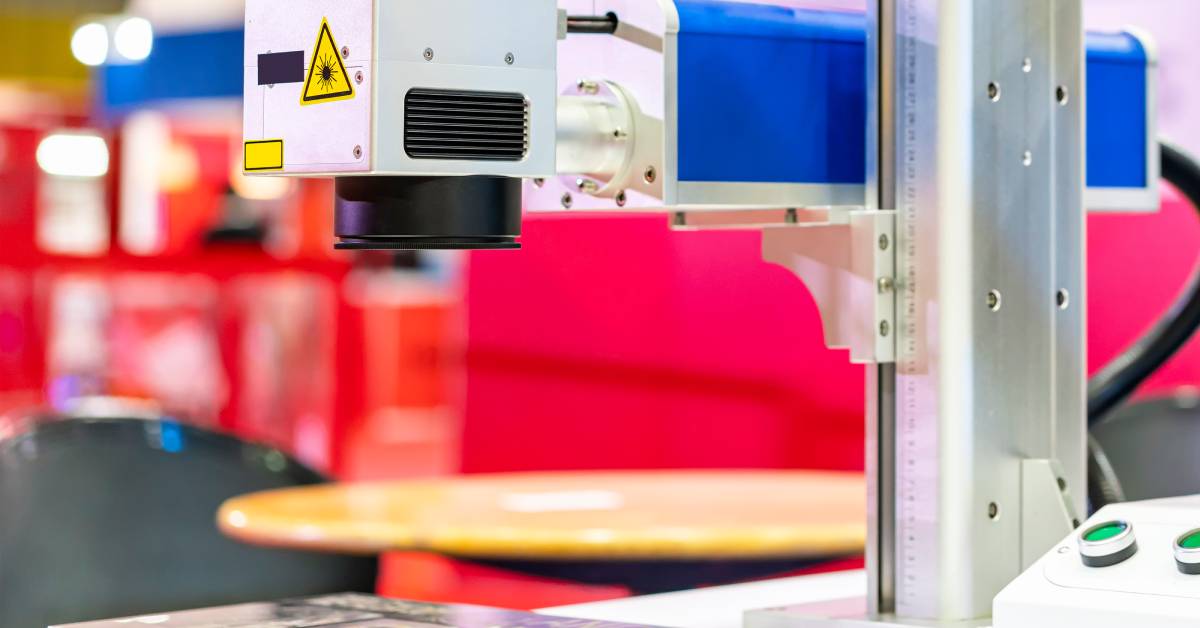5 Materials You Should Never Try To Laser Mark

Laser marking is a technology for marking materials safely and efficiently. This technique uses a laser for annealing, ablation, etching, and creating permanent, precise, and legible markings.
While laser marking is versatile and applicable to many materials, some are too dangerous or ineffective for laser marking. Keep reading to learn about the materials you should never try to laser mark.
1. Leather and Artificial Leather With Chromium
Laser marking leather or artificial leather treated with chromium can pose significant safety risks. When exposed to laser beams, chromium can release toxic fumes and hazardous compounds. Additionally, the uneven surface of leather can lead to inconsistent marks, negatively affecting the quality of the leather.
2. Carbon Fibers
Manufacturers use carbon fibers due to their strength and lightweight properties, making them popular in high-tech industries such as aerospace and automotive. However, these fibers can combust and generate harmful smoke and debris when subjected to laser marking. The high reflectivity of carbon fibers also poses a challenge, potentially damaging the laser machinery.
3. Polyvinyl Chloride (PVC)
Polyvinyl chloride, also known as PVC, is common in manufacturing due to its versatility. However, laser marking PVC is dangerous because it releases chlorine gas—a highly toxic and corrosive substance. Chlorine gas can cause severe respiratory issues and corrode the laser equipment, leading to even more operational hazards.
4. Polyvinyl Butyral (PVB)
Polyvinyl butyral, or PVB, is common in the production of laminated safety glass. Despite its widespread use, PVB should not be laser marked. The material can emit harmful gases and produce poor-quality marks. Instead, manufacturers and others should consider alternative marking methods or materials for their own safety.
5. Polytetrafluoroethylene (PTFE/Teflon)
Another material you should never try to laser mark is polytetrafluoroethylene, commonly known as PTFE or Teflon. PTFE is a non-stick material common among cookware and industrial machinery.
Laser marking PTFE can cause it to release toxic fumes such as hydrofluoric acid, which pose significant health risks. Additionally, the material’s reflective surface complicates the marking process and results in subpar marks.
Laser Mark Materials Safely With Tri-Star Technologies
While some materials aren’t suitable for laser marking, the technique still stands above the rest in its versatility and precision. If you think your process is ideal for a laser marking system, Tri-Star Technologies is here to help. Learn more about our laser marking machines on our site, and contact our staff with any questions regarding laser marking or laser marking materials.


